Dirt Uses
Gardening, construction, landscaping, sports fields, etc.
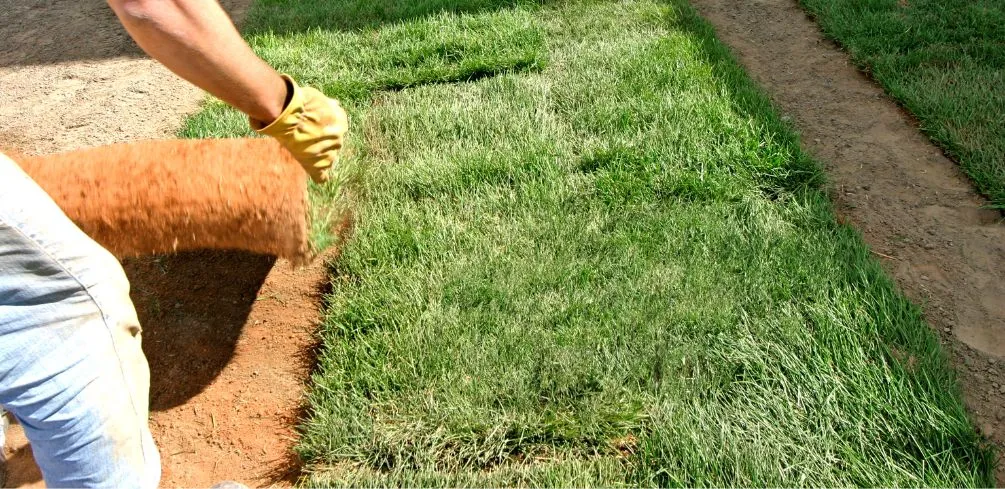
Landscaping With Dirt: An Essential Guide to Soil Selection and Preparation
Landscaping with dirt is a natural and cost-effective way to create a beautiful outdoor environment. Dirt is abundant and readily available, making it an accessible resource for individuals looking to enhance their landscape design. With creativity and ingenuity, landscaping with dirt can transform any space into a lush and inviting oasis. In recent years, there […]
Read More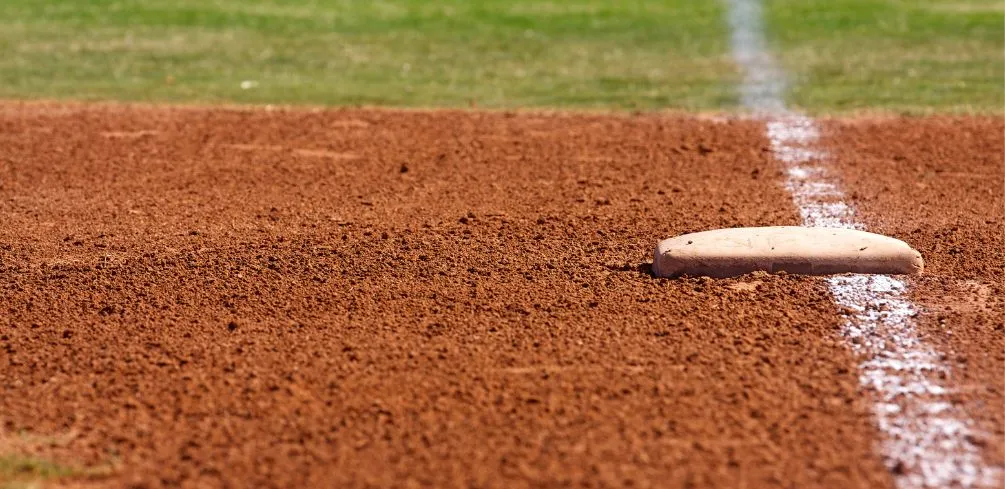
Dirt In Sports Fields: From Little League to the Majors – How Soil Affects the Game
Sports fields are an integral part of almost every community and serve as a meeting point for sports enthusiasts. These fields are used for various sports activities, including football, baseball, and soccer. However, maintaining sports fields can be challenging, especially when it comes to managing the dirt surface. Dirt is an essential component of any […]
Read More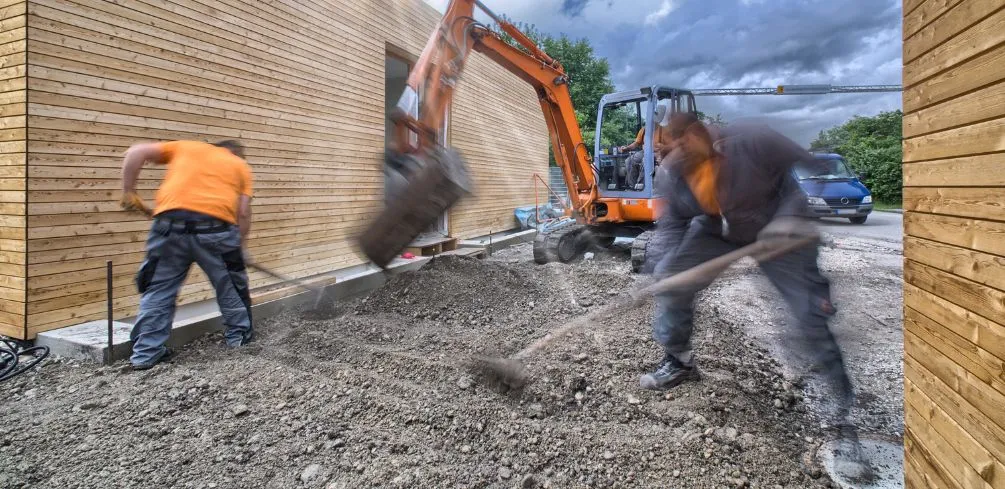
Dirt In Construction: The Role of Soil in Building Strong Foundations
Construction sites are often associated with the presence of dirt, dust, and debris. These materials are not only unsightly but also pose a risk to the health and safety of workers and residents in nearby areas. Despite efforts to reduce the amount of dirt generated during construction activities, it remains a significant challenge for builders […]
Read More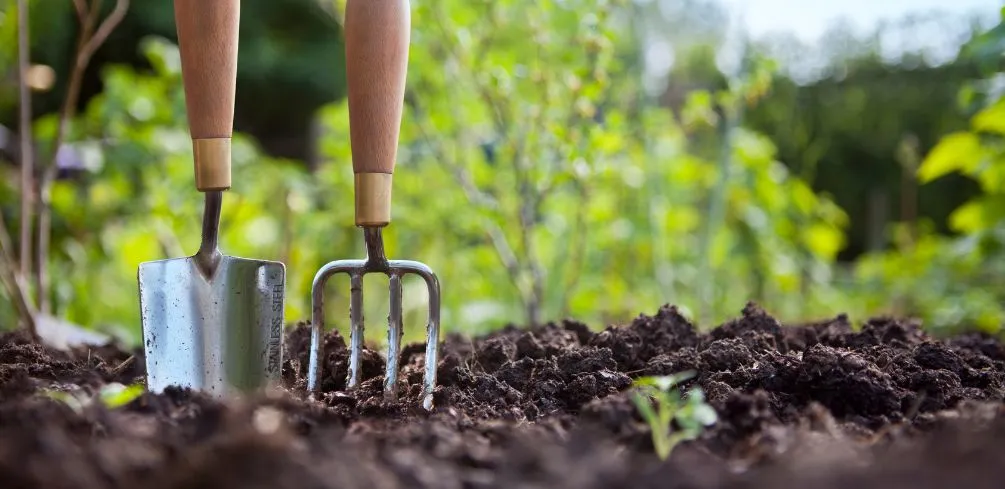
Gardening With Dirt: Understanding Soil Composition for Plant Health
Gardening with dirt is an age-old practice that has remained popular through the centuries. It is a therapeutic activity that can help individuals connect with nature, find a sense of purpose, and cultivate their own food. Gardening with dirt involves working with soil to grow plants, flowers, and vegetables in outdoor spaces such as gardens […]
Read More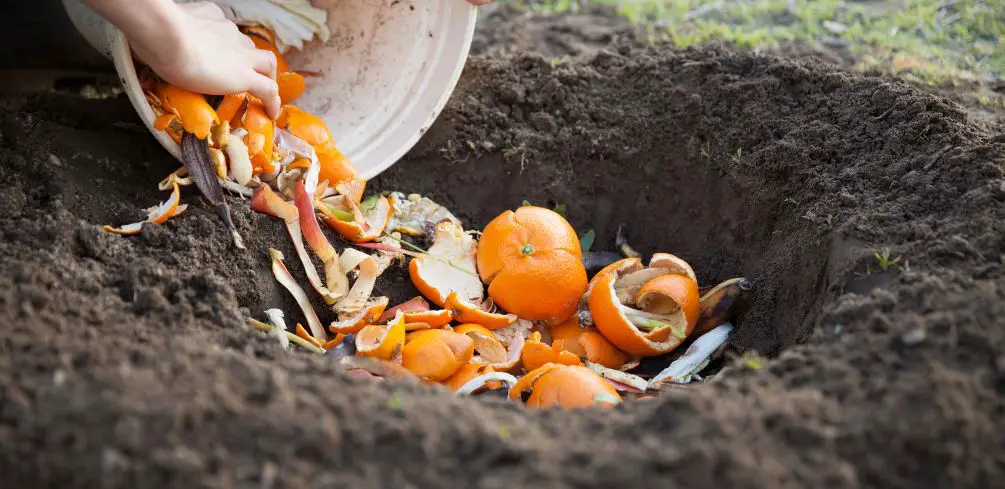
Are Dirt Good For Compost
Composting is growing in popularity as more people become aware of the benefits it provides for the environment. According to a recent survey by the National Gardening Association, 35% of American households compost their yard waste and food scraps. But when it comes to what can and cannot be composted, confusion arises on whether dirt […]
Read More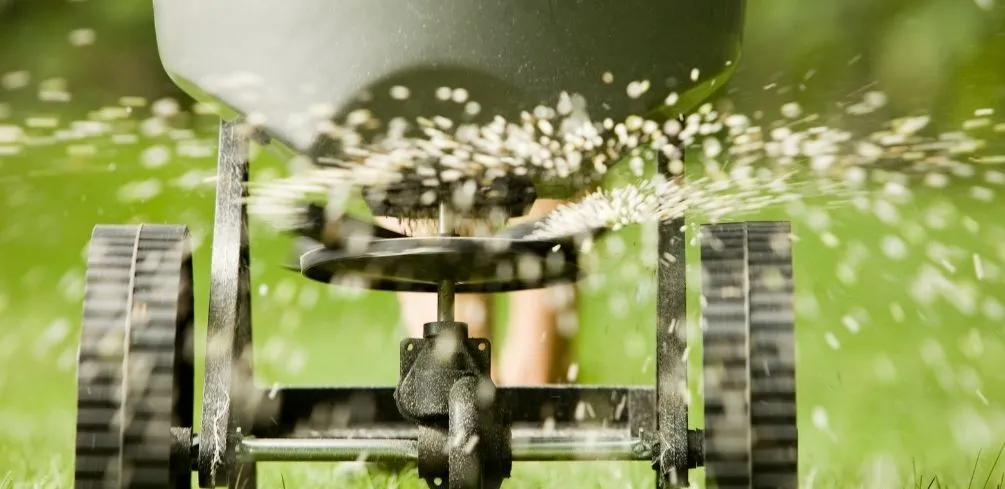
Can You Spread Dirt with a Broadcast Spreader?
If you are a homeowner, there is a good chance that you have used a broadcast spreader to spread fertilizer, seed, or some other type of material. This handy tool makes it easy to distribute material evenly over a large area. But can you spread dirt with a broadcast spreader? No, it is not the […]
Read More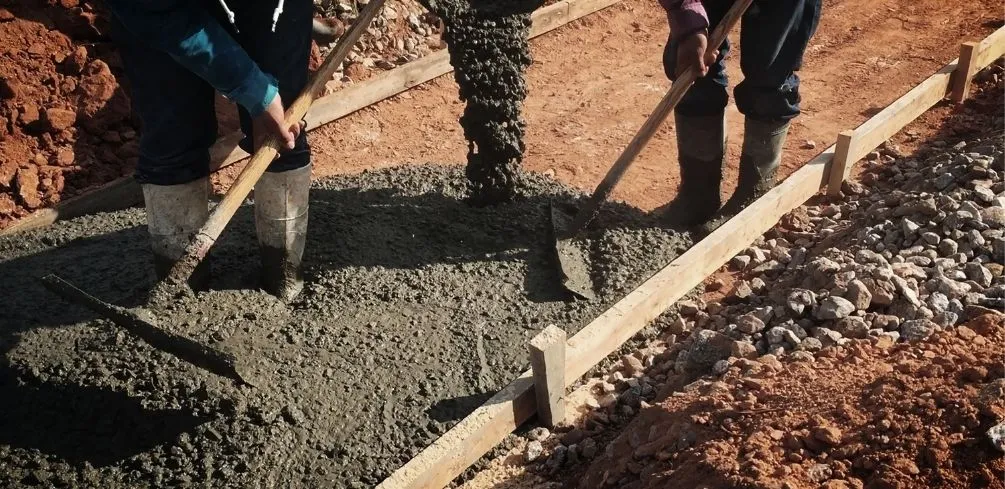
Can You Pour Concrete Directly on Dirt?
Do you have an outdoor project that calls for concrete but doesn’t want to go through excavating and grading the area? You may be wondering if you can pour concrete directly on the dirt. Unfortunately, the answer is no. Pouring concrete on dirt is not a sound foundation for your concrete slab or other outdoor […]
Read More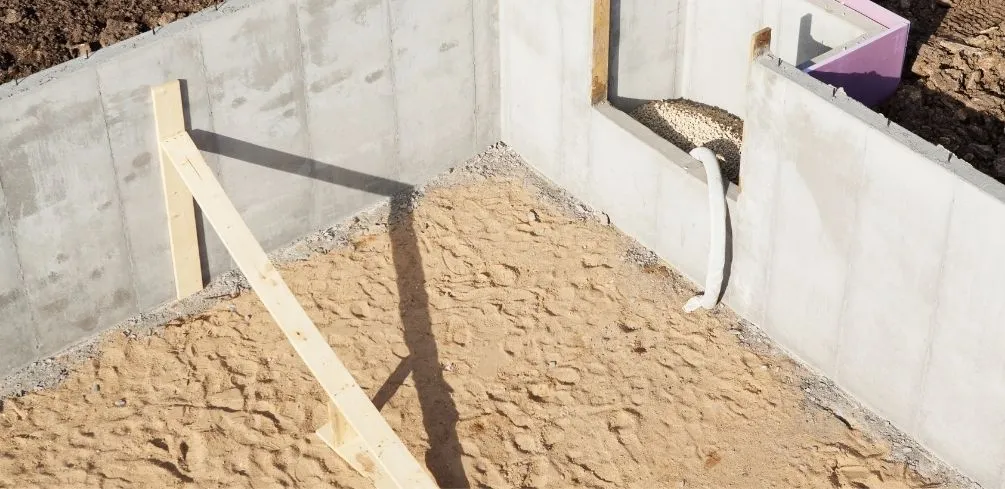
Are Dirt Basements Bad?
While they’re cheap and easy to build, dirt basements can be problematic. Here are just a few of the issues you could face: water infiltration, mold growth, and thermal insulation problems. If you’re still not convinced, read on for more reasons why dirt basements may be bad news. Dirt basements have been around for centuries […]
Read More
Why are Dirt Roads Bad?
There are many ways that a dirt road can impact the driving experience and environment. From producing lots of dust, the vibrations from the heavy moving vehicles, and the lack of basic road amenities such as shoulders and markings to the high erosion rates, drivers should be extra cautious. Have you ever driven on a […]
Read More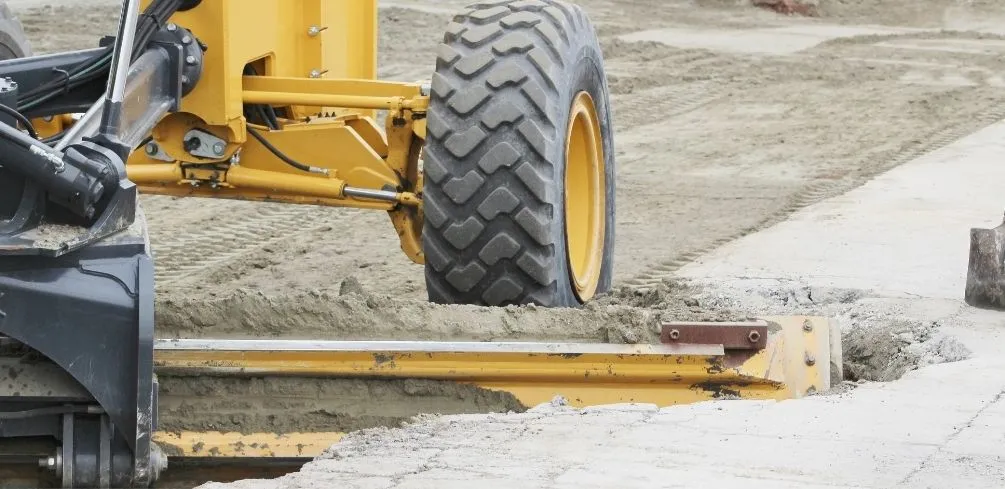
What Does Dirt Grading Mean?
Dirt grading is the process of leveling a surface. It is necessary to transport dirt from higher elevations to lower elevations in order to produce a nice, flat surface that will act as the basis for your scheme. If you’re grading dirt, it is possible that you will need to move additional material from another […]
Read More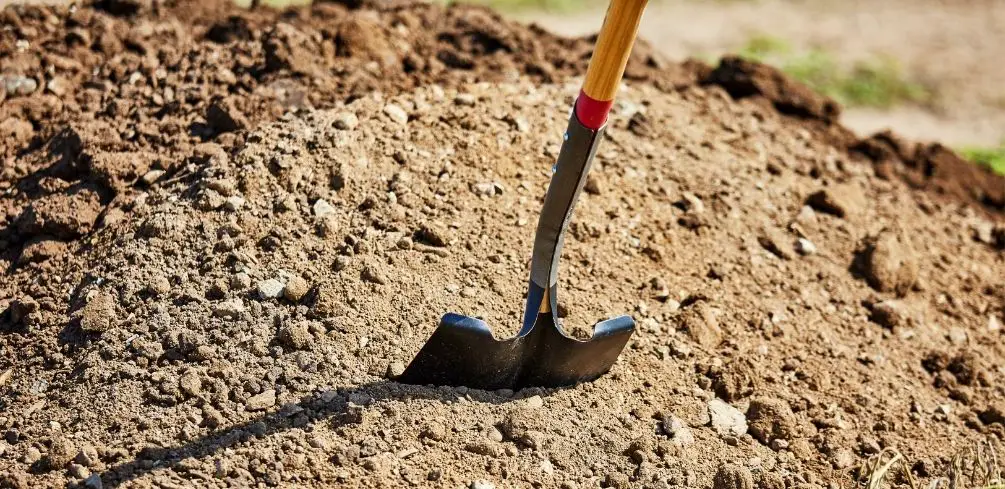
How to Grade Dirt Away from House DIY
Dirt can be a nuisance if it piles up around your house. It can cause water to pool, weeds to grow, and even provide places for pests like insects or rodents to nest. One way of keeping dirt away from the house is by grading it away with landscaping techniques. In this post, we will […]
Read More
Can you Spread Dirt with a Manure Spreader?
Yes, you can spread dirt with a manure spreader, but you have to take some precautions. Be careful not to overload it because dirt weighs a lot more than manure per cubic foot. Also, be aware of the wind speed and direction, as dirt can easily fly all over your place. This post will discuss […]
Read More